The Strait of Messina

Sans Peur
Grete & Fred Vithen
Tue 7 Feb 2017 17:00

Wikipedia - The Strait of Messina
At its narrowest point, between Torre Faro and Villa San Giovanni, it measures 3.1 km (1.9 mi) in width.
With its bottleneck shape, it is also a compulsory point of transit of the migration of many bird species.
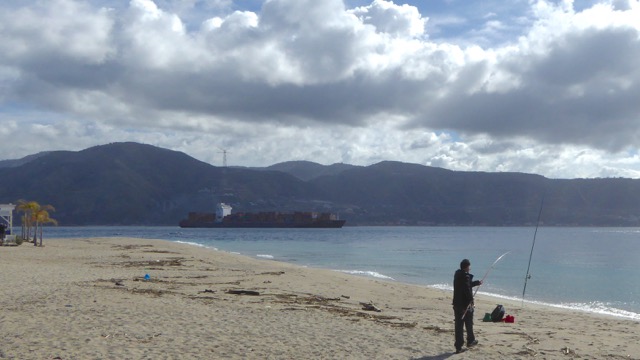

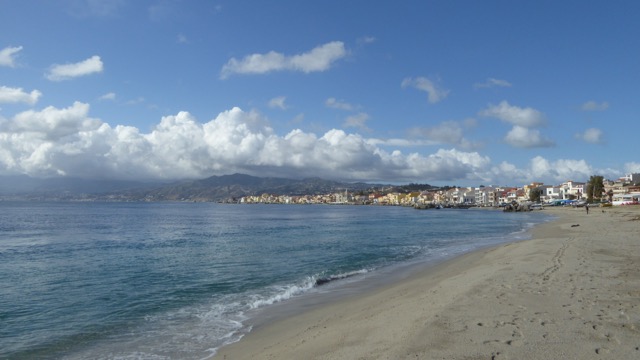
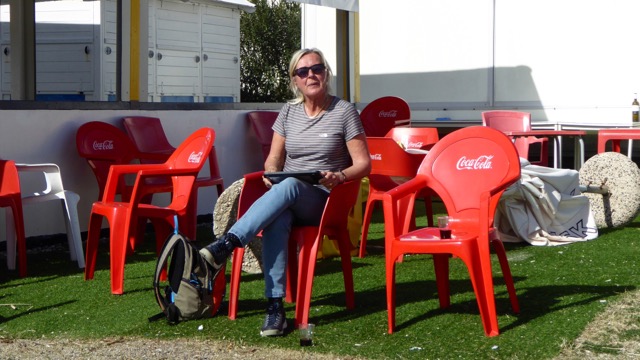

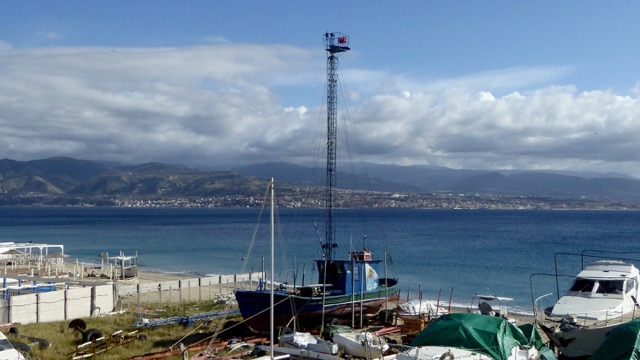
Fish, tuna, swordfish, whales and dolphins, are moving from deep ocean waters to mate in the warmer shallower waters of the Tyrrhenian Sea.
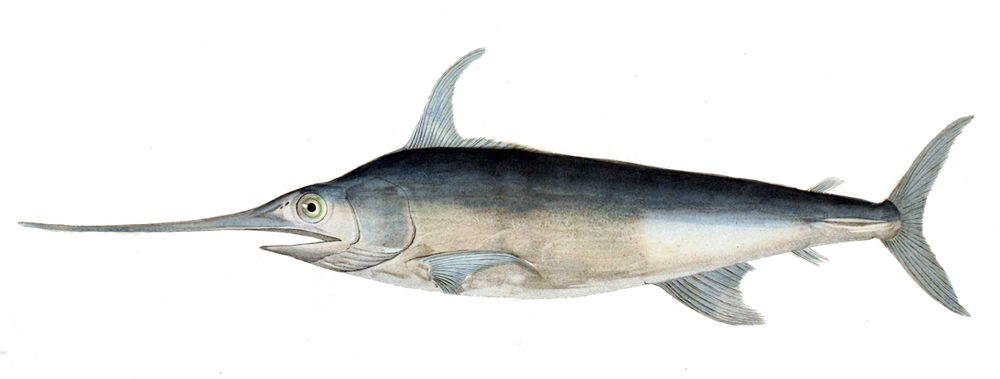
A sad story
The wooden boat has morphed into a big hunting machine.
At the centre of the boat there is a large metal frame or tower, usually about 30 metres high, with an iron cage at the top.
The spotter in these boats has two roles: he both sights the fish and pilots the boat, making the chase much more accurate and effective. Extending 45 metres out from the front of the boat is another long, light iron bridge, known as the passarella; here, the harpooner takes his position. Because he is able to position himself directly above the fish, it is much easier than it used to be for him to aim the harpoon accurately.
For centuries the hunt of the swordfish was a duel, with man and animal fairly evenly matched. Not anymore.
The story of the swordfish hunt is fascinating and romantic – but it’s also a sad story.
Part of the fascination and romance of the hunt belongs to the swordfish itself. It is known, appropriately, as ‘the Emperor of the Straits’, typically weighs about 100kg, is about two metres long, and can travel through the water at terrifying speeds of up to 100km/h. One third of its length is taken up by a long, strong, sword-like protuberance extending from its upper jaw, so strong it can pierce the bottom of sturdily-built boats. The swordfish spends much of its time in deep ocean waters, coming to the warmer shallower waters of the Tyrrhenian Sea only in the Spring to mate.
Here, male and female often travel in pairs – and, for good reason, that is how the fishermen like to find them. The female is usually the larger of the two and it is she they target first. They know that once she has been harpooned, the male will do everything he can to free her. He will not leave the scene. As a result, he becomes a very easy target. The female, on the other hand, disappears at the first sign of danger. It’s not at all surprising that popular Italian songs have been written about this.